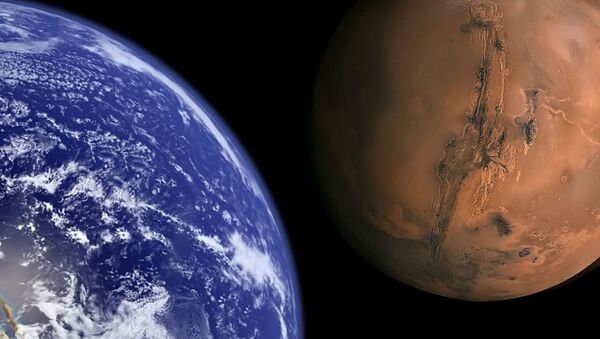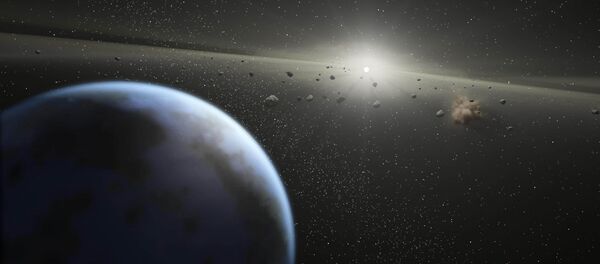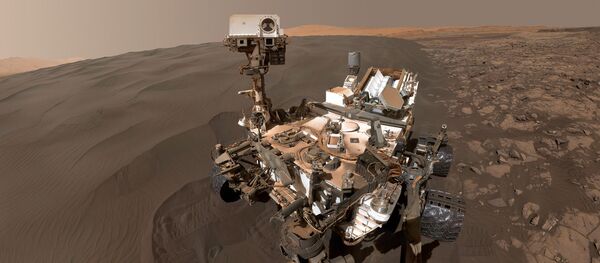A panel of experts revealed that NASA is capable of developing only one major human spaceflight mission at a time, and must make a tough choice between projected flights to Mars and the moon. The announcement was made during a Congressional hearing on Wednesday.
"There has been continual debate about should we go to the moon or Mars or both … It is clear, again, that we cannot do both. And there is a need to focus our attention, capability and resources on one option," Tom Young, former director of NASA’s Goddard Center, said.
Referring to a 2014 National Academy of Sciences report, Sommerer explained that astronauts could put their boots on Mars 20 to 40 years in the future at best, adding that it would cost up to $500 billion. The US allocates only $9 billion on its human spaceflight program annually, making the realization of the mission unlikely.
“We may well never be able to get to Mars at current expenditure levels," Sommerer stressed. "It might be better to stop talking about Mars if there is no appetite in Congress and the administration for higher human spaceflight budgets, and no willingness to cut programs that do not contribute to progress."
"I am personally passionate about humans going to Mars, but I'm equally passionate about a good, disciplined plan that is not frivolous," he said. "A plan that does what is required, but also … doesn't just do what's possible.”
Sommerer suggested the best option in this case would be replacing humans with robots. Considering the financial challenges, it would be a "much more cost effective" solution.
Paul Spudis, a senior scientist at the Lunar and Planetary Institute at the Universities Space Research Association, suggests that NASA should focus on the moon exploration program. Spudis explained that a moon mission would be good training for humans before a journey to Mars, a much longer and riskier endeavor.
The scientist stated that a moon mission could also repair broken satellites, saving money by avoiding costly replacements.
"If we could move people and machines throughout various locales in cislunar space, we would be able to replace, construct, upgrade and maintain satellite.”
Congress must decide which of the two missions should be realized. Regardless of the choice, NASA will still face the challenge of limited financing.
“We do have the parameters of an almost 20 trillion dollar national debt that we have at this time” Young said. “I think we have our marching orders. We just have to get organized on this."




